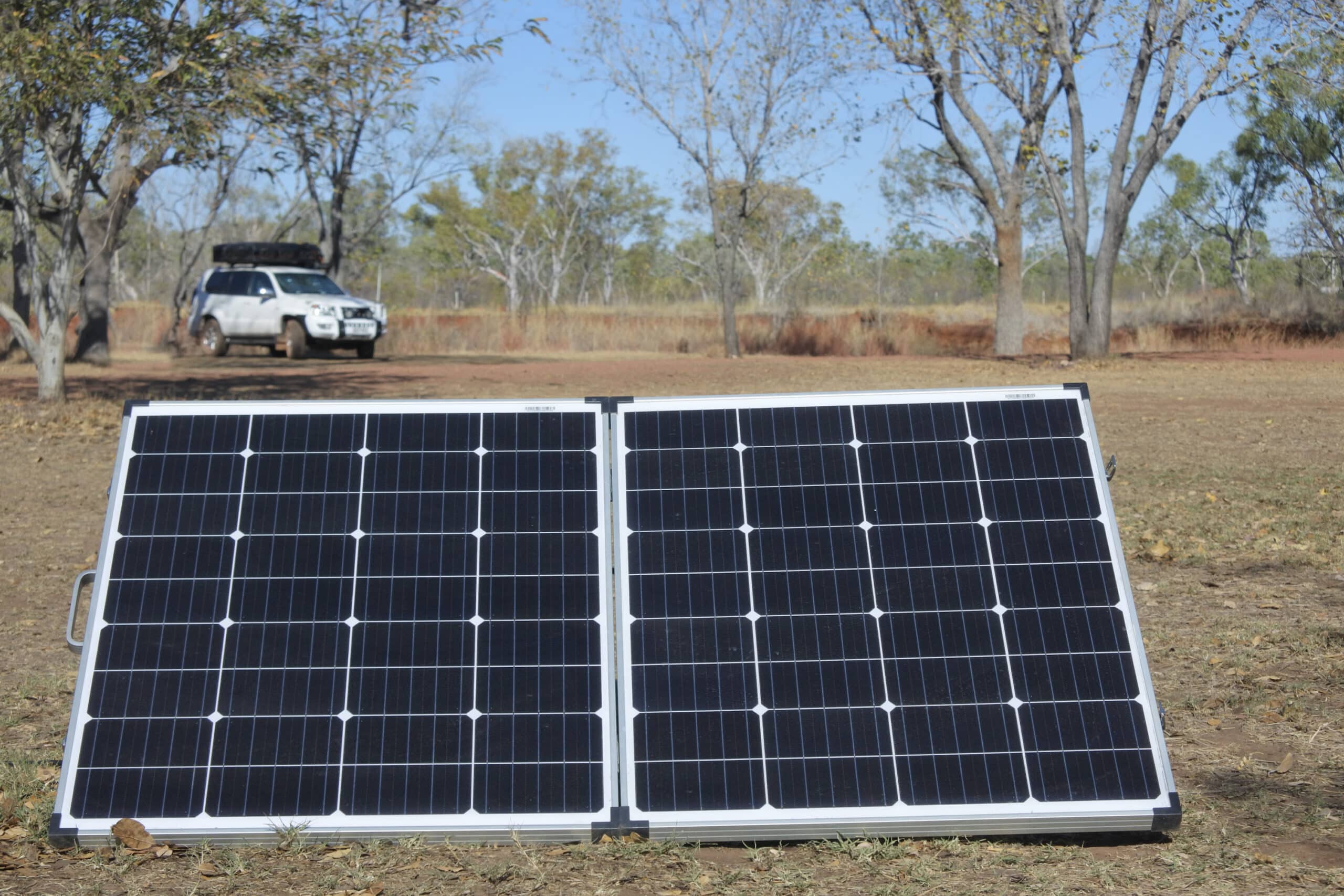
Free monthly entries to ALL giveaways
+1 every month
+5 every month
+10 every month
5%
125
150
350
100
100
50
Cancel membership anytime
Terms apply
apply

Written by
Admin
Published
August 20, 2024
Off-road enthusiasts in Australia are increasingly exploring the great outdoors in a way that aligns with environmental consciousness. The growing trend in sustainability has spurred the automotive industry to introduce green technologies aimed at reducing the carbon footprint of off-road vehicles without sacrificing performance. Here, we delve into the top green technologies that are helping Australian adventurers pave the way to a greener future.
One of the most significant innovations in eco-friendly off-roading comes in the form of electric and hybrid powertrains. With advancements in battery life and power delivery, electric off-roaders are becoming more capable of handling the challenging terrains Australia is known for. Models such as the Rivian R1T and upcoming electric versions of established models like the Ford Ranger are gaining popularity among eco-conscious drivers. According to recent market trends, sales of electric vehicles (EVs) in Australia increased by over 200% from 2019 to 2020, indicating a strong shift towards electrification.
Hybrid systems combine the traditional internal combustion engine with an electric motor, offering better fuel efficiency and reduced emissions while maintaining range. Brands like Land Rover with their Range Rover Sport PHEV and the Jeep Wrangler 4xe have entered this space and are providing off-road enthusiasts with more sustainable options. As of 2021, the Australian Electric Vehicle Market Intelligence Report states that Plug-in Hybrid Electric Vehicles (PHEVs) witnessed a sales growth of around 90%, demonstrating how hybrids are becoming an essential part of the off-road narrative.
Vehicle manufacturers are not just focusing on the powertrain but also employing eco-friendly materials in the construction of off-road vehicles. Use of aluminum and carbon fiber reduces weight, thus improving efficiency and reducing the vehicle’s environmental impact. For instance, the use of sustainable composite materials in the development of vehicle bodies and interiors is gaining traction, as seen in the BMW i3, which incorporates renewable materials into its design.
Moreover, tire companies are innovating to reduce the environmental impact of their products. Tires made from renewable materials, such as natural rubber and synthetic compounds derived from bio-based sources, are being developed to ensure that off-roading adventures leave a lighter footprint on the natural environments explored. The use of recycled materials like rubber from old tires and plastics in new tire manufacturing is also a step towards a more sustainable off-road industry.
On the forefront of off-road innovation, solar power integration in vehicles presents an exciting opportunity. Some off-road campers and trailers have included solar panels in their design, which helps power accessories and even contribute to charging the vehicle’s battery. Kinetic Energy Recovery Systems (KERS) that harness energy during braking and deceleration are also being adapted for off-road vehicles, further enhancing their green credentials.
Historical data from industry reports has shown a gradual yet consistent improvement in energy generation and storage technologies. These advancements make it feasible for off-roaders to rely partially on solar energy, reducing their dependence on fossil fuels. As the technology matures, it is expected that more off-road vehicles will benefit from these innovations, offering adventurers the ability to roam free while also respecting the environment.
In conclusion, the drive towards eco-friendliness in the off-road sector is picking up pace in Australia, aided by innovative technologies that align the thrill of adventure with the responsibilities of sustainability. Cars powered by electricity or hybrid engines, crafted with greener materials, and harnessing the power of the sun and motion for energy are carving a new path in the rugged Australian terrain. As we witness these green technologies gaining momentum, the future of off-road vehicles in Australia looks not only exciting but environmentally sustainable too.